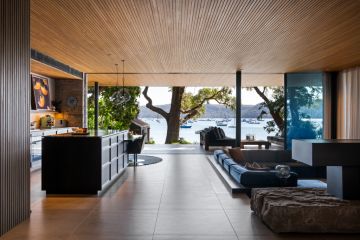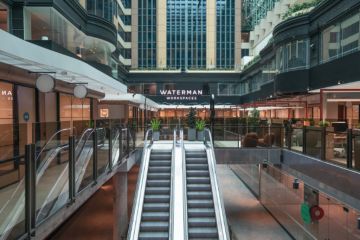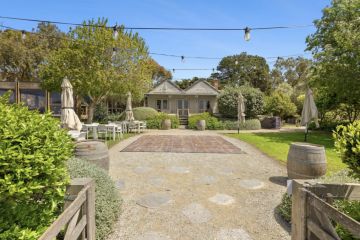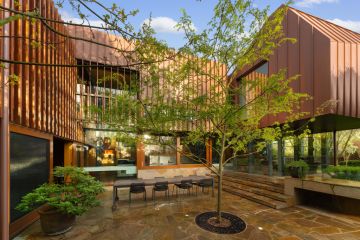Silhouette, the quirky "trophy building" that will transform Moscow's gloomy streetscape
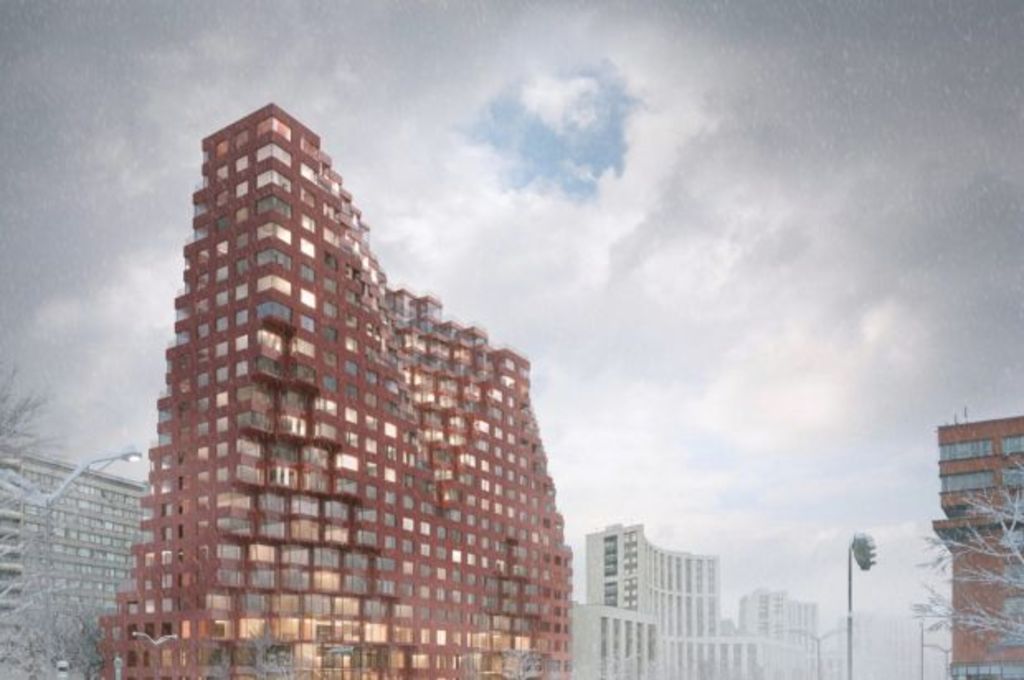
Meet the high-rise dynamo set to brighten up a bleak Russian streetscape.
With its teetering block shapes and red ceramic facade, Silhouette is sure to stand out on its prominent corner block in Moscow.
Australian architect Paul Berkemeier describes it as a “trophy building” for Dutch architects MVRDV. “This is the architectural equivalent of the Gucci handbag,” he says. “It’s quite flamboyant and it’s got a hell of lot of stuff going on.”
MVRDV won an international competition to develop the site at the intersection of Academician Sakharov Avenue and Sadovaya-Spasskaya Street in Moscow.
The site’s developer GK Osnova selected MVRDV’s bold design in January. The 78-metre-tall building will sit alongside Moscow’s famous constructivist-style buildings, including the Ministry of Agriculture by late Soviet architect Alexey Shchusev, who is best known for his design of the Lenin Mausoleum.
Silhouette will be opposite the red-brick Ministry of Agriculture and, together, they will form a gateway to the city centre, MVRDV co-founder Jacob van Rijs says.
“The combination of two grand and warm-toned buildings not only create a symbolic gateway to the city centre, but also homely dwellings and fine work spaces with a lively program on ground levels for all to enjoy.”
The 52,000-square-metre complex will house luxury apartments, a sports centre, flexible work spaces, an event space and a sky deck.
The top floors will have a panorama of the Moscow skyline with the largest apartments occupying corner spots. Van Rijs says the building’s sloping roofscape allows for various window sizes that extend views of the city. A supermarket and car parking will be underneath the building.
- Related: Manhattan’s elite lured by lofts
- Related: Floating hotel looks like a nest
- Related: New Jersey mansion lists for $60m+
‘The red facade is a bright spot on the bleak greyness of Moscow’s surrounds and van Rijs says this is a reference to the constructivist buildings Silhouette will neighbour.
But Berkemeier, a former national president of the Australian Institute of Architects, says it’s a tenuous link.
“I think the association with or the reference to the older building is a little bit stretched to be honest.”
He says it’s more aligned to bolder examples of Russian architecture, such as Moscow’s unmistakable Saint Basil’s Cathedral.
“The outline of the building appears to fit with the eccentric profile of other tall landmark buildings in Moscow,” he says. “The interesting thing in Russia, or in Moscow particularly, is that there’s also that tradition of mad architecture as, for example, Saint Basil’s in the Red Square, which is mad as anything.
“And this is like the commercial equivalent of that. It’s there to make a statement.”
Russian architecture is marked by constructivism, which prospered in the 1920s and ’30s, and brutalism, which flourished in the ’70s and ’80s, and is embodied in many Soviet buildings that are hard-edged, geometric and concrete.
Berkemeier says what’s most interesting about Silhouette is its asymmetrical form, which lends less bulk to its street presence. “If you imagine that same amount of space, volume, in a straight up-and-down building, it would look like a much bigger form in that street.”
Berkemeier likens Silhouette to the business building at the University of Technology Sydney, designed by famed architect Frank Gehry.
“It has that ‘out there’ quality, which is there to be seen and it’s there to be on show. It’s like having the work of art, you know, so we’ve got the Frank Gehry in the city.”
We recommend
We thought you might like
States
Capital Cities
Capital Cities - Rentals
Popular Areas
Allhomes
More

